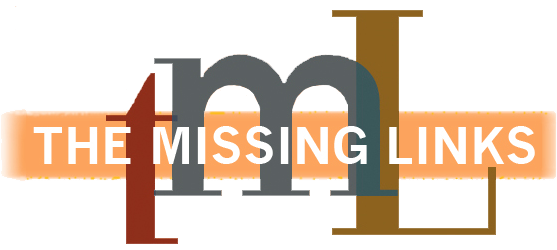What is the Orton-Gillingham Approach?
| The Orton-Gillingham (O-G) Approach has been correctly described as language-based, multi-sensory, structured, sequential, cumulative, cognitive and flexible.
Personalized: Teaching begins with recognizing the different needs of different learners. While there are similarities between all people with dyslexia, there are often major differences between their language needs, and so how they are best taught. In addition, people with dyslexia may also have other issues that make learning more difficult. ADHD is a common additional factor, but there may also be visual and auditory problems. These have to be addressed as part of how teaching is structured. Multi-sensory: The O-G Approach uses all learning pathways—seeing, hearing, feeling, the sense of motion (kinesthesia)—brought together by the thinking brain to create new pathways and connections within the brain. This not only allows the instructor to present the material in a way that is most understandable to the student, but also allows the student’s brain to create multiple connections concerning the material, so that it is readily accessible from multiple neural locations. This allows learning to occur with greater ease and success. |
|
Diagnostic and Prescriptive: An O-G lesson is both diagnostic and prescriptive. It is diagnostic because the instructor continuously monitors the student’s verbal, non-verbal and written responses to identify and analyze both the student’s progress and problems. This information is the basis for planning the next lesson. That next lesson will be prescriptive because it contains instructional elements that deal directly with resolving the individual student’s difficulties and build upon the progress determined by observations during the previous lesson. This is also part of the personalization component, and is why the O-G Approach is flexible and usually undertaken one-on-one.
Direct and Explicit: Information is presented to the student clearly and directly, so that that the student understands what is to be learned, why it is to be learned, and how it is to be learned.
Applied Linguistics (Language-Based): The O-G Approach draws upon decades of research in applied linguistics, not only in the initial decoding and encoding stages of reading and writing, but in more advanced stages dealing with syllabic, morphemic, syntactic, semantic and grammatical structures of the English language and writing system. The O-G Approach integrates reading, spelling, writing and oral expression into a coherent whole.
Systematic Phonics: The O-G Approach uses systematic phonics, stressing the alphabetic principle in the initial stages of reading development. It takes advantage of the sound/symbol relations built into the alphabetic system of writing. Spoken words consist of individual speech sounds, and the letters of written words represent those speech sounds graphically.
Linguistic Competence: The O-G Approach stresses language patterns that determine word order and sentence structure, as well as the meanings of words and phrases. It moves beyond this to recognize the common literary forms that writers employ.
Systematic and Structured: Material is presented in an ordered way that indicates the relationship between the material currently being taught and past material taught. The content of the lessons unfolds in ways that assist student learning and progress.
Sequential, Incremental and Cumulative: The student learns step-by-step, from simple, well-learned material to material which is progressively more complex. As they master each element, they move on to the next level of language skills.
Continuous Feedback and Positive Reinforcement: The O-G Approach provides for a close student-teacher relationship that builds self-confidence based on success. While the teacher keeps the student focused on the work, they are also strong advocates for the student, and always have their back.
Cognitive Approach: Student learn reliable strategies for successful reading, writing and spelling, as well as the structure and nature of the English language. They also learn the reasons for why they are learning the various strategies. Knowing why adds greatly to their confidence in learning and using these skills and strategies.
Emotionally Sound: Students feelings about themselves and about learning are critical to their success. The student experiences their own increasing abilities, and gains self-confidence through learning. With success comes increased self-confidence and motivation.
“The basic purpose of everything that is done in the Orton-Gillingham Approach, from recognizing words to composing a poem, is assisting the student to become a competent reader, writer and independent learner.”
“Go as fast as you can, but as slowly as you must.” — Anna Gillingham
Why the Name?
The approach is so named because of the foundational and seminal contributions of Samuel T. Orton and Anna Gillingham. Samuel Torrey Orton (1879-1948) was a neuropsychiatrist and pathologist. He was a pioneer in focusing attention on reading failure and related language processing difficulties. He brought together neuroscientific information and principles of remediation. As early as 1925 he had identified the syndrome of dyslexia as an educational problem. Anna Gillingham (1878-1963) was a gifted educator and psychologist with a superb mastery of the language. Encouraged by Dr. Orton, she compiled and published instructional materials as early as the 1930s which provided the foundation for student instruction and teacher training in what became known as the Orton-Gillingham Approach.
More About the Orton-Gillingham Approach
Follow the links for more information:
The Orton-Gillingham Approach (from the Academy of Orton-Gillingham Practitioners and Educators)
Effective Reading Instruction (from the International Dyslexia Association)








